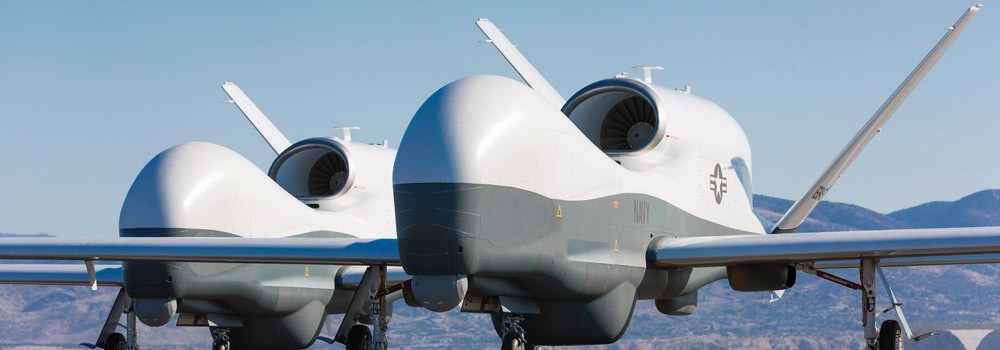Drones, the FAA and Transport Canada’s approaches to a new unfolding technology
By Mara Paolantonio, Staff Writer
Drones or Unmanned Air Vehicles (UAVs) are becoming increasingly popular in commercial operations. Companies are beginning to look to them as an alternate source as a delivery method, reducing waiting times for the consumer. They also provide aid in times when natural disasters occur for citizens and in clean up. Both the USA and Canada are looking to use UAVs in assisting the community and for military efforts as well. There are some implications, however, regarding both personal security and the safety of civilians.
It is important to note that UAVs do operate on their own but in my interview with Transport Canada, I learned that they are not currently considering the approval of fully autonomous UAVs, meaning those UAV operations that do not permit the pilot to intervene in the management of the flight. Currently, Transport Canada is not conducting tests on UAVs, but it has been working closely with stakeholders for many years to assist the community in enabling their activities in the safest possible manner.
This may be because of the amount of planning and preparation it takes. In the U.S, the situation is a little bit different. Bart Jansen of USA Today writes how drones are planned to be used for several projects but testing is currently behind schedule. Congress planned to have them flying alongside commercial aircraft by September 2015. Federal Aviation Administration (FAA) administrator Michael Huerta released a five-year roadmap. It planned 7.500 unmanned aircraft in the air by airlines within that period if regulations were set in place. The problem is how much training will be required for ground-based pilots, how to ensure drones fly safely if they lose contact with their pilots and last how drones and commercial aircraft should warn each other when they are in the same area. The FAA said in a statement, “The FAA is committed to safe, efficient and timely integration of unmanned aircraft systems into our airspace. Over the next several years the FAA will establish regulations and standards for the safe integration of remote piloted (unmanned aircraft) to meet increased demand.”
According to the congressional schedule set in February 2012, the six experimental locations were supposed to be named by August 2012 and the road map was due in February 2013. Legislation calls for drones to be fully integrated into the airspace by September 2015. Huerta insists that the FAA will meet the deadline.
There are many potential uses of UAVs and this is why the FAA will meet the deadline. When I spoke to Roxanne Marchand of Transport Canada, I learned that UAVs have many potential uses, which include, but are not limited to: research (atmospheric, scientific, oceanographic, geophysical) mineral exploration, imaging spectrometry, emergency and disaster monitoring, search and rescue, agricultural spraying, aerial photography (film production, infrastructure inspection, accident reconstruction, etc), promotion and advertising, weather reconnaissance, and flight research. There are many benefits to helping study the Earth’s surface and changing weather patterns.
Currently, Amazon is in the process of utilizing drones for delivering packages to your home. The online retail giant claims it will have deliveries flown to customer’s homes within 30 minutes rather than the standard 3 days. They plan to have this fully functional within five years and Amazon is the first company to use drones in the delivery of packages, which is quite revolutionary.
These new machines are also being used in providing aid in areas that have experienced environmental disasters. Nick Logan of Global News analyzed this further. One Danish company called Danoffice IT began work in the Philippines within the midst of calamity in the wake of Typhoon Haiyan.































Share the post "Drones, the FAA and Transport Canada’s approaches to a new unfolding technology"